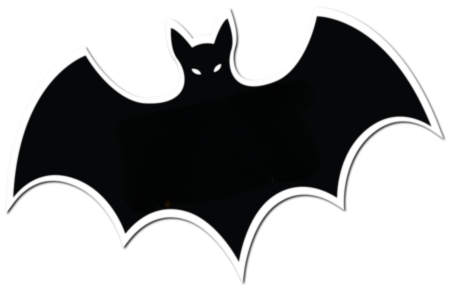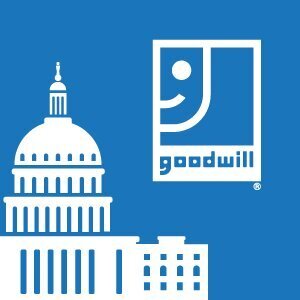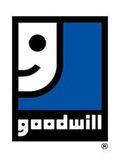By Sam Ast, Re-Entry Workforce Development Specialist, Goodwill of Western Missouri & Eastern Kansas
It’s a common question when looking for a job. What is a cover letter? Here, we’ll talk about the cover letter format and what should be included in a cover letter to make it stand out. If you are interested in learning more about what a cover letter is, things to consider before you begin your first draft and some options for what to write about — keep reading.
What is a Cover Letter?
Cover letters are much like any other message or note. They are intended as an introduction or as an effort to persuade an employer with your thoughts. At their best, they can be understood as personal statements sent directly to potential employers.
If a résumé is cold and professional, the cover letter — by contrast — is a more intimate opportunity to look beyond mere work experience and instead focus on a description of your overall career journey and how it fits with your overall life path and goals.
Cover letters are bound to include some personal information that can help others understand how you got to where you’re at now, as well as where you see yourself in the future. They can help explain any gaps or experiences that need a bit more context. However, the main goal of any cover letter is to give the individual(s) in charge of hiring, admissions or recruitment sufficient reason to further consider your application and hopefully extend an offer.
The Cover Letter Format
Now that the motivations for writing a cover letter are clear, let’s examine what separates an effective cover letter format from one that is lacking.
- A quality letter should be properly addressed — both to the eventual reader as well as its actual destination. The safest way to do this is by writing “To whom it may concern” at the top of the page because it is hard to know who exactly will open or read what you send. Make sure you include the name of the company and refer directly to the position you are seeking throughout the letter if that is known.
- Try to keep your cover letter to about one page in length. If it’s too short, one might struggle to take it seriously. If it’s too long, your reader may lose interest.
- Next, cover the why and the what of your cover letter. Yet, the how is where these disparate parts begin to bind into a comprehensible whole. There are a few ways to think about your letter’s composition:
- The content in your message should add to, rather than repeat, what is already listed on your résumé. That means you must let your creative writing side take precedence. Reducing your life journey down to one page of text can be difficult.
- You should also make these experiences captivating and professionally relevant, which is even more of a challenge.
- It is one thing to have all the requisite experience and qualifications for a given role. It is an altogether different matter to explain what those events and jobs meant to you and how they translate into the responsibilities of your desired position.
- Another key to writing the body paragraphs of a cover letter is to recognize its personal nature. If the content you are writing about transcends dates, past employers, educational experience and skills, it is critical to speak from the heart and be ready to make connections that tie the personal and public together.
- Doing so likely involves diagnosing the root causes of certain passions and pursuits. In short, the how can be thought of as a hybrid between personal narrative and character assessment.
- Those two elements should culminate in a compelling rationale for why you deserve a prominent place among other applicants. Doing so presents a case as to how you stand out among the crowd, as well as an opportunity to illustrate your distinct identity.
After you send the email or stamp the envelope, take a step back and remember the rest is mostly out of your control. Always feel free to follow up with the prospective employer by checking in a few weeks later to check the status of your application. Furthermore, don’t hesitate to use the same blueprint and content of your original cover letter for different job opportunities you might come across. Just be sure to change the name of the company and position for which you are applying.
Don’t hesitate to find help throughout this process if you’re still struggling with the question: what is a cover letter? Goodwill Career Centers have dedicated staff to assist you with editing, understand your cover letter format, help you brainstorm cover letter ideas or research job openings.

 Build A One-Of-A-Kind Halloween Fit With Our Costume Planner
Build A One-Of-A-Kind Halloween Fit With Our Costume Planner


